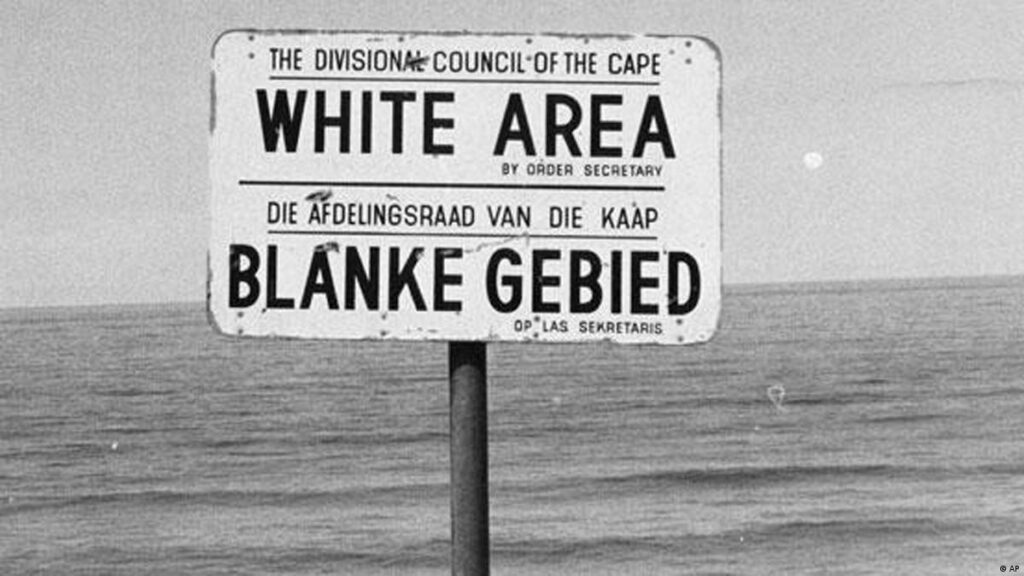
Apartheid, which lasted from 1948 to 1994 in South Africa, was a system of institutionalized racial segregation and discrimination that led to the suffering of millions of Black South Africans. Today, some experts argue that a similar form of segregation and oppression is taking place in the occupied Palestinian territories.
Here are some key points of comparison between apartheid South Africa and the situation in Palestine:
- Separate Legal Systems: One of the most notable similarities is the existence of separate legal systems for different racial or ethnic groups. In apartheid South Africa, different laws governed Black South Africans, Coloureds, Indians, and whites, creating unequal access to justice. In the occupied Palestinian territories, separate legal systems exist for Israeli settlers and Palestinians, leading to significant disparities in legal rights and protections.
- Restricted Movement: During apartheid, the South African government implemented a passbook system that controlled the movement of Black South Africans, limiting their ability to travel freely. In the West Bank and Gaza Strip, Palestinians face a system of checkpoints, roadblocks, and barriers that restrict their movement, making everyday activities like commuting to work or accessing healthcare a daunting task.
- Land Dispossession: In South Africa, the apartheid regime forcibly removed Black South Africans from their ancestral lands and confined them to impoverished townships. Similarly, Israel’s expansion of settlements in the West Bank has resulted in the displacement of Palestinian communities, undermining their ability to maintain their livelihoods and cultural heritage.
- Segregated Education: During apartheid, Black South Africans were subjected to a segregated education system that perpetuated inequality. In Palestine, Palestinians often have limited access to quality education due to the destruction of schools, restrictions on movement, and economic challenges caused by the occupation.
- Discriminatory Laws: Apartheid South Africa had numerous discriminatory laws, such as the Group Areas Act and the Population Registration Act, which reinforced racial segregation. In Israel and the occupied territories, Palestinians face a range of discriminatory policies, including the Nation-State Law, which defines Israel as a state for Jews only, potentially relegating Palestinian citizens to second-class status.
- Violence and Suppression: The apartheid era in South Africa was marked by violence and suppression of dissent. In Palestine, there have been cycles of violence and conflict, often leading to casualties among civilians. The Israeli military’s use of force in the occupied territories has been a subject of international concern.
While these similarities are striking, it is important to note that there are also differences between the two situations. The historical and geopolitical contexts are distinct, and the Israeli-Palestinian conflict is a deeply complex issue with multiple perspectives and narratives.
Efforts to address these issues vary. Many international organizations and advocates call for a just and lasting resolution to the Israeli-Palestinian conflict, one that respects the rights and dignity of all people involved. Meanwhile, critics of the apartheid analogy argue that it oversimplifies the complexities of the Israeli-Palestinian situation.
